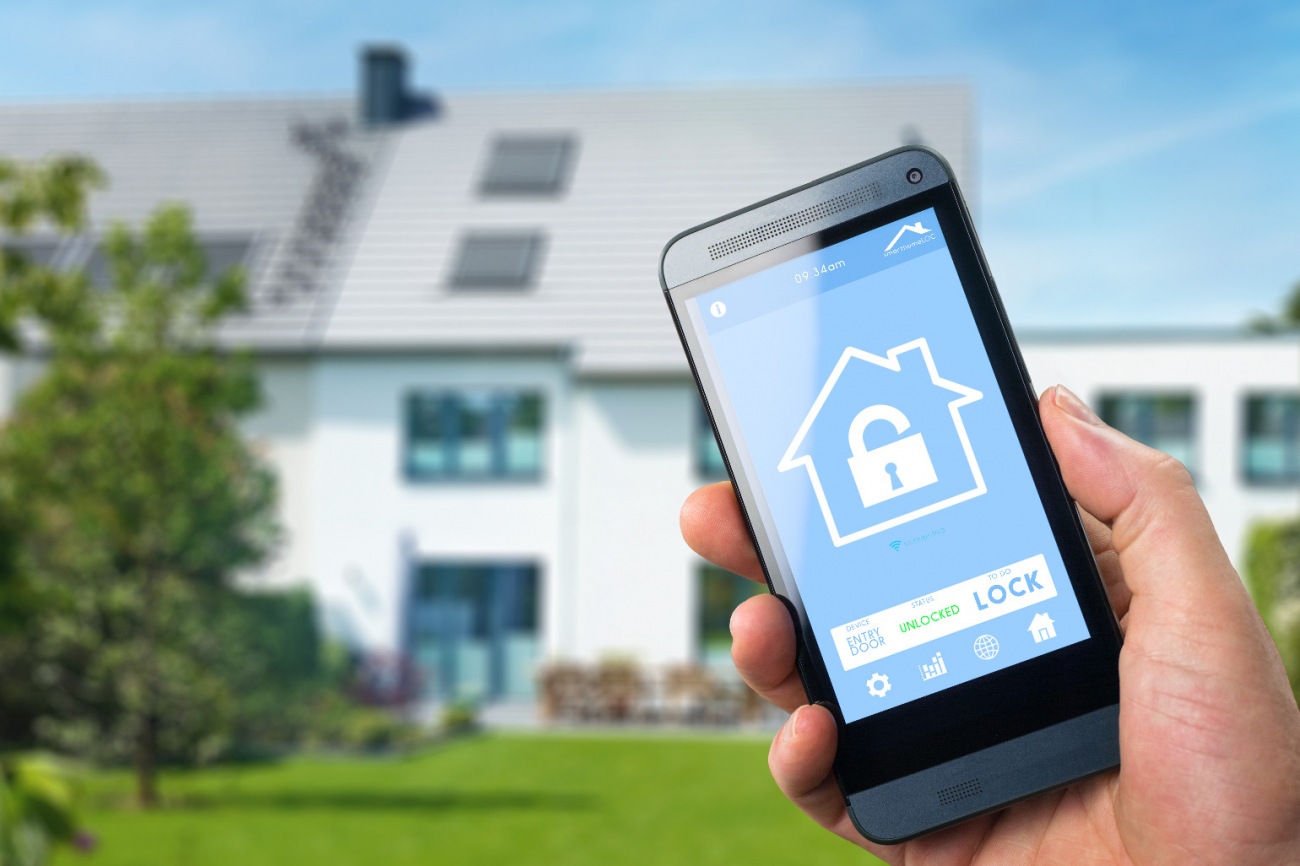In today's fast-paced world, integrating technology into our daily lives is no longer a luxury but a necessity. One of the most impactful innovations in home automation is the smart thermostat. While many homeowners and businesses are familiar with traditional thermostats, the benefits of smart thermostats are rapidly gaining attention. If you're considering upgrading your HVAC system, understanding these benefits can guide you in making an informed decision.

Energy Efficiency: Saving Money and the Planet
The primary appeal of a smart thermostat is its ability to significantly reduce energy consumption. Traditional thermostats require manual adjustments, which often lead to inefficiencies and higher energy bills. In contrast, smart thermostats learn from your schedule and adjust the temperature accordingly, ensuring optimal energy use. According to the Department of Energy, homeowners can save approximately 10% annually on heating and cooling by using a smart thermostat. This not only lowers your utility bills but also helps reduce your carbon footprint.
Moreover, the convenience of programming your thermostat from anywhere via a smartphone app means you can adjust your home's temperature on the go. Whether you're returning from a vacation or simply forgot to turn down the heat, a smart thermostat ensures you're always in control.
Enhanced Comfort with Smart Thermostat Benefits
Comfort is a crucial factor in any home or business environment. A smart thermostat enhances comfort by maintaining a consistent temperature and eliminating the hot and cold spots commonly experienced with traditional thermostats. With features such as room-specific heating and cooling, you can ensure that every corner of your space remains at your desired temperature.
Additionally, smart thermostats offer personalized comfort settings. By learning your preferences, these devices can automatically adjust the temperature to suit your needs. Imagine waking up to a warm home in the winter or returning to a cool house in the summersmart thermostats make this a reality.
Remote Access and Control
One of the standout features of a smart thermostat is remote access. This feature allows you to monitor and adjust your home's temperature from anywhere using your smartphone, tablet, or computer. This means you can make temperature adjustments while at work, on vacation, or simply lounging on the couch. The convenience of remote access not only enhances your comfort but also ensures efficient energy use.
For businesses, remote access means you can manage multiple properties with ease. Whether it's adjusting the temperature in a retail store during off-hours or ensuring a comfortable environment in an office, smart thermostats offer the flexibility needed for effective property management. For more insights on smart home devices, check out smart appliances overview.
Integration with Other Smart Devices
In the era of the Internet of Things (IoT), smart thermostats are designed to integrate seamlessly with other smart devices in your home or office. This integration allows for a comprehensive smart home ecosystem where devices communicate with each other to enhance functionality and convenience. For example, your smart thermostat can work alongside smart speakers, lights, and locks to create automated routines that make daily life more efficient.
Imagine a scenario where your smart thermostat communicates with smart blinds to adjust the temperature based on sunlight exposure. Or, consider the comfort of having your thermostat sync with your smart lock to adjust the temperature when you enter or leave your home. This level of integration not only enhances convenience but also contributes to further energy savings. Learn more about creating a smart home ecosystem at GearBrain.
Improved HVAC System Lifespan
By optimizing the operation of your HVAC system, a smart thermostat can also extend its lifespan. Traditional thermostats often lead to more frequent cycling of the HVAC system, resulting in wear and tear. Smart thermostats, on the other hand, ensure your system operates efficiently, reducing the need for maintenance and prolonging the life of your investment.
Regular updates and alerts provided by smart thermostats can also inform you of any necessary system maintenance. This proactive approach to HVAC management ensures that any issues are addressed before they become costly repairs. For tips on how to maintain your smart home devices, visit smart plugs guide.
The Future of Smart Thermostats
The evolution of smart thermostats continues as technology advances. Future iterations promise even more integration capabilities, improved learning algorithms, and enhanced energy-saving features. As smart homes become increasingly popular, the demand for smart thermostats is expected to rise, making them a staple in modern homes and businesses.
Whether you're a homeowner seeking to enhance comfort and reduce energy costs or a business looking to improve property management, the benefits of a smart thermostat are undeniable. Embracing this technology not only offers immediate advantages but also positions you for future advancements in home automation.
Related Topics

FAQs
What is a smart thermostat?
A smart thermostat is a device that allows for automated and remote control of your home's heating and cooling systems. It learns your schedule and preferences to optimize energy use and enhance comfort.
How does a smart thermostat save energy?
Smart thermostats save energy by learning your habits and adjusting the temperature automatically, ensuring efficient energy use. They can also be controlled remotely to prevent unnecessary heating or cooling.
Can a smart thermostat work with other smart devices?
Yes, smart thermostats are designed to integrate with other smart home devices, creating a cohesive and efficient home automation system that enhances convenience and energy savings.

